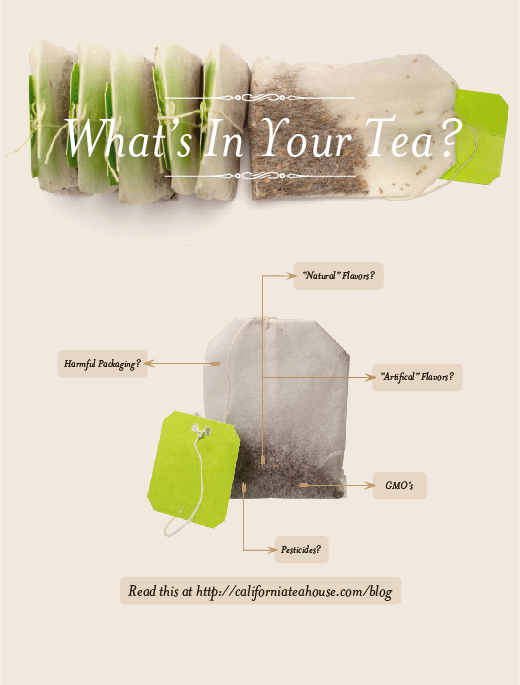
Pesticides in Tea
In an ideal world, tea would grow anywhere, all its flavors and variations will be available all-year round, and it would be pesticide-free. In an ideal world, we could pick tea straight up from the farm, process it, brew it, and consume it whenever we want.
Sadly, this is not an ideal world. Tea can’t just grow anywhere; nor do they grow all-year round. Pests exist and destroy tea crops too.
So if that’s the case, then how come big tea companies are able to produce the same kinds of tea all the time, year after year? Commercial products in general are made for mass production and mass consumption. They are efficient, consistent, and they make products available to the public and at the public’s convenience. But commercial products are not without its compromises.
Don’t be surprised if the tea you buy at the grocery stores were treated with pesticides! Consistent and efficient production means creating shortcuts or artificial means to achieve the desired results at the quickest time possible. Pests diminish the production of crops. Without pesticides, mass production would be impossible.
Besides pesticides, commercial tea products also have to ensure that the tea they produce taste the same all the time, year-after-year. This could mean adding artificial flavorings and sometimes even GMOs! Some tea companies state that they only add “natural flavors” without really detailing what those flavors are.
Under the Code of Federal Regulations, this is what “natural flavoring” is: “the essential oil, oleoresin, essence or extractive, protein hydrolysate, distillate, or any product of roasting, heating or enzymolysis, which contains the flavoring constituents derived from a spice, fruit or fruit juice, vegetable or vegetable juice, edible yeast, herb, bark, bud, root, leaf or similar plant material, meat, seafood, poultry, eggs, dairy products, or fermentation products thereof, whose significant function in food is flavoring rather than nutritional” (21CFR101.22).
Basically, the only difference between an “artificial” and a “natural” flavor is that an artificial flavor uses synthetic chemicals while “natural” flavor uses “natural” chemicals. Either way, these flavorings are concocted in a laboratory in an unnatural way.
Even the packaging in some popular brands of tea are potentially hazardous. Ever drank one of those teas inside silky tea bags? You know, the ones that are typically pyramidal in shape to showcase the tea inside? You probably never would have (and never will again) if you knew those bags are made of plastic.
Food-grade plastic most likely, but plastic nonetheless. You wouldn’t pour hot water in a PET bottle because it could potentially melt or harmful chemicals could leach out of the material, right? So why would you steep tea inside a plastic bag in hot to boiling water?
How to safely buy tea online
To maximize the full flavor of tea in its most natural state, be a knowledgeable consumer. Know what’s in your tea because you put it in your body too! Here are some ways to drink better:
1. Avoid commercially-produced tea. Commercial teas are generally filled with pesticides, natural and artificial flavors, and GMOs.
2. Always read ingredients before buying loose leaf tea. It’s easy to add labels such as “healthy” or “all-natural”, but the fine print (the ingredients) can reveal otherwise. Typically, if an ingredients sounds too scientific or contains about three syllables that are hard to pronounce, I opt out.
3. And of course, check the label if it’s pesticide-free.
Know any tea lovers who could benefit from this article? Pin, like, and share this article for them!



Leave a Reply Cancel Reply